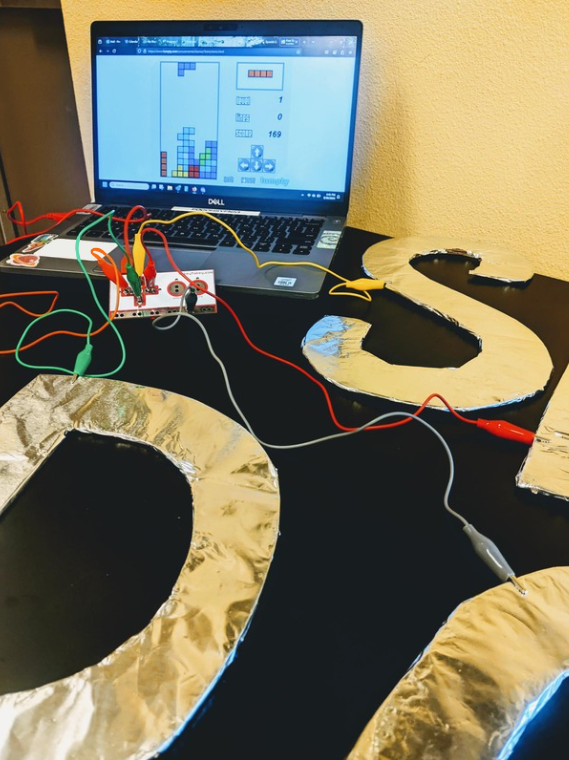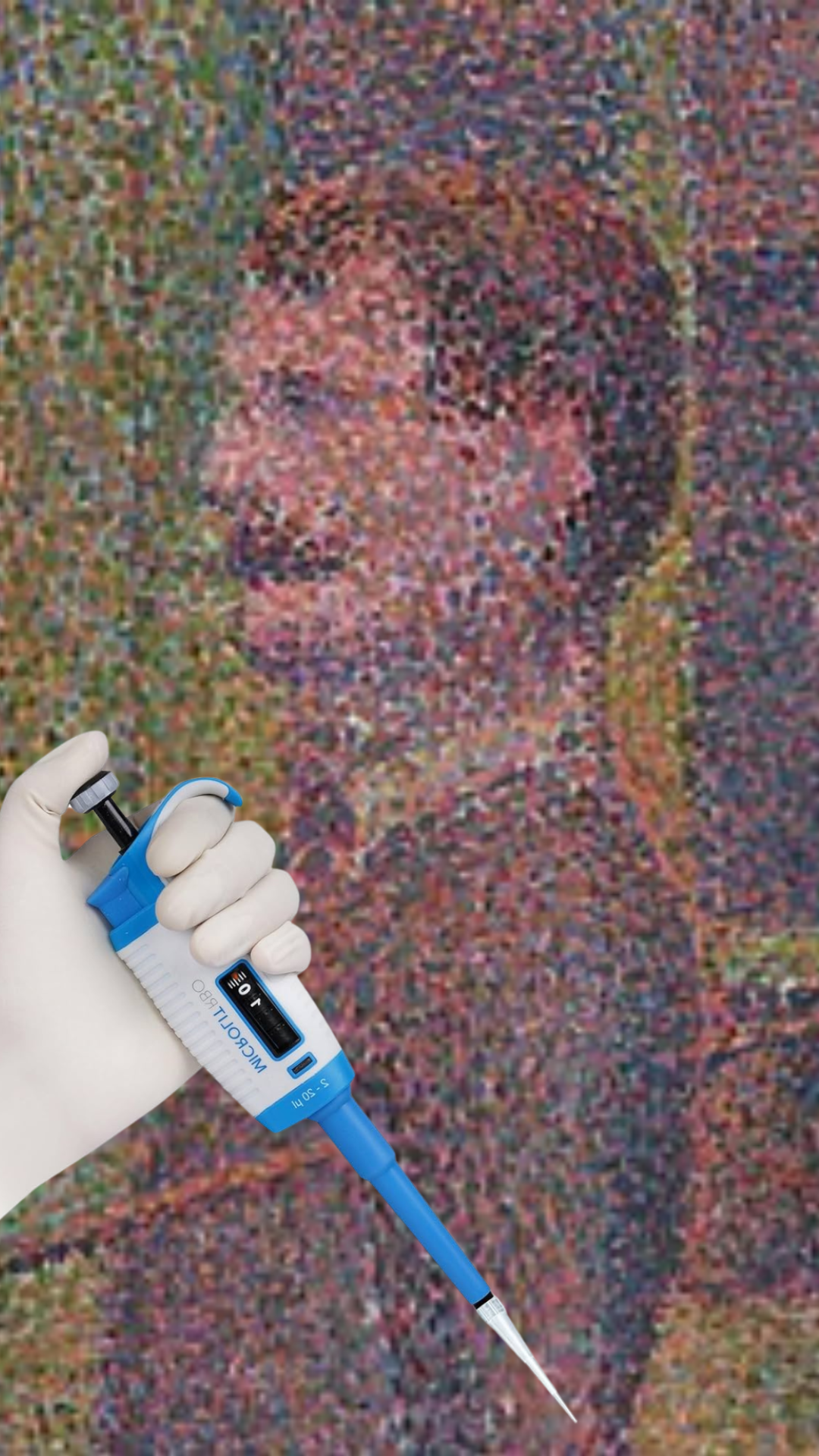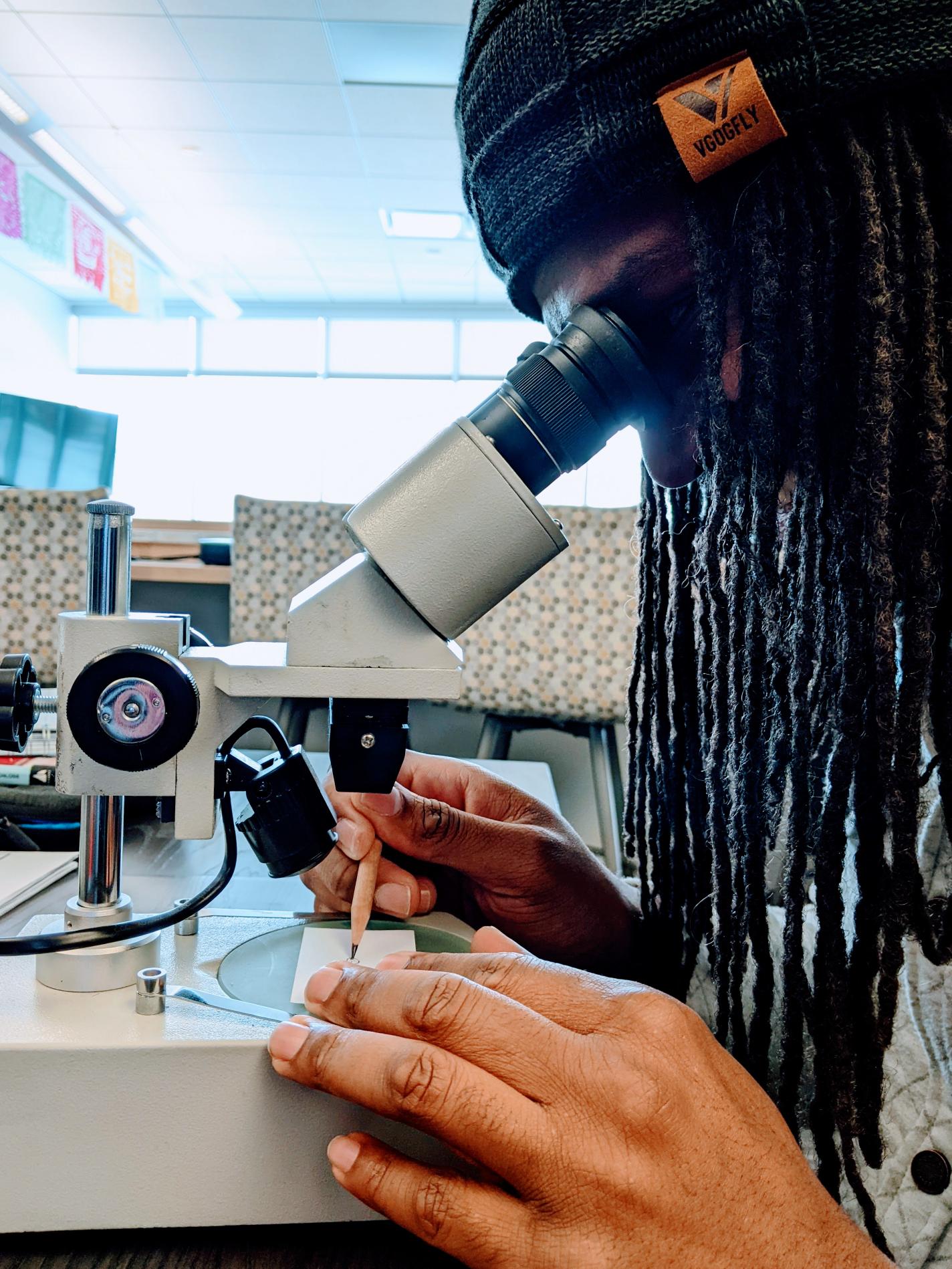As we have worked on developing programming to help our visitors engage with our special exhibition, Skin: Living Armor, Evolving Identity, we have also adapted those programs into classroom-style lessons that classroom teachers, home school teachers, or any educator can use to expand their students’ learning before and after visiting the museum.
In this lesson, we are getting curious about why and how our skin conducts electricity, and how it compares to other conductors. Your students will play a video game controlled by hi-fives, then test different conductors to make their own controller!
Use the links below to access the lesson plan and any accompanying files or printouts:
Conductivity Worksheet 1 (Younger Students)
Conductivity Worksheet 2 (Older Students)
Continue Reading



